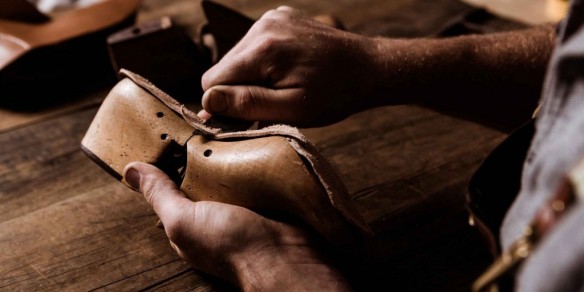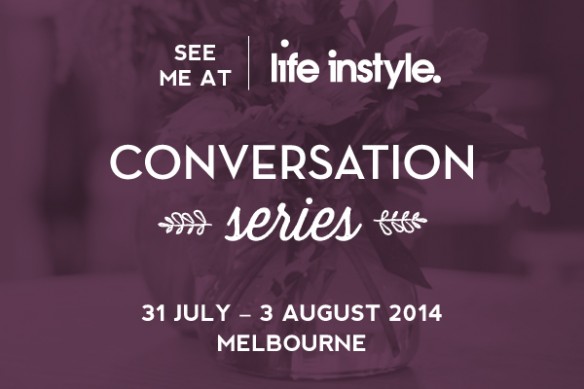Our 6th edition of the Design Futures series was launched this month at Maison&Objet Asia. As the opening trends & inspirations seminar for the Maison&Objet Asia Interiors and Lifestyle Summit, Genty Marshall took to the stage after design rockstar, Tom Dixon, to explore the biggest cultural and design shifts occurring throughout the regions of East and South East Asia.
The crux of this season’s Design Futures concept – Looking Both Ways – is the ability to simultaneously hold two opposing views. It is personified in the character of Janus, shown with two faces as he looks to both the past and future simultaneously. As the mythical god of change, time, and transition, the significant aspect of Janus is that he symbolises not either/or, but both.
It is this tension, inherent in holding two contradictory viewpoints, that is stimulating some of the most creative work in contemporary design.
Design Futures Asia is presented in three themes – Identity, Sentience and Transition.
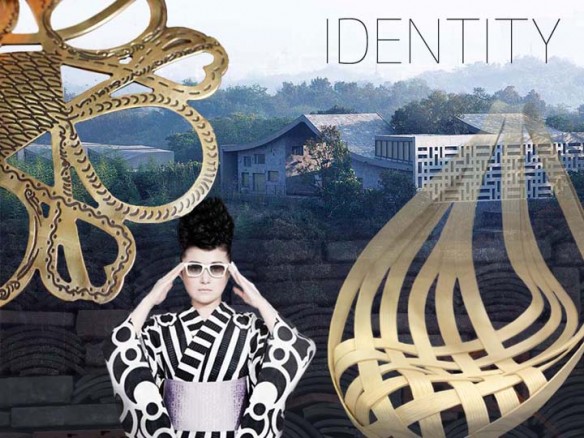
Identity - Design Futures Asia - ©NewBlackGlobalTrends
In Identity, we look into the tension between identifying with place, origin and heritage and the movement towards a modern global design aesthetic.
Firstly, the commercial role of identity in design – how the global market sees us, vs how the local market sees us, vs how we see ourselves. For instance, what “Made In France” means to a farmer in Toulouse may be very different to what it means to a banker in Shanghai.
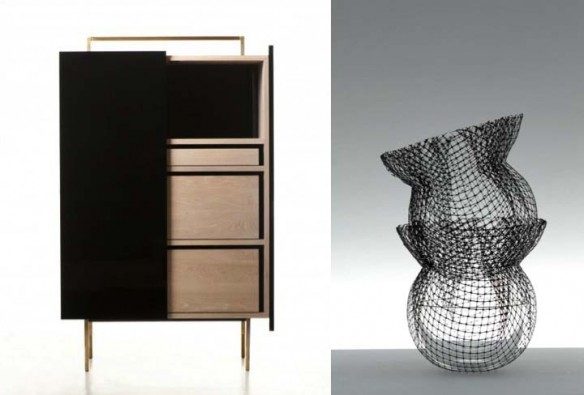
Cabinet by Neri&Hu, Farming Net Vessels by Nendo - Design Futures Asia - ©Neri&Hu / ©NewBlackGlobalTrends
While many examples in this theme demonstrate quite a deliberate narrative, others maintain a quieter, more innate or even unintentional referencing.
What the designer imbeds in a product is only one part of the final relationship. The consumer also brings their own interpretation that may create an emotional connection, regardless of whether this was consciously part of the design process.
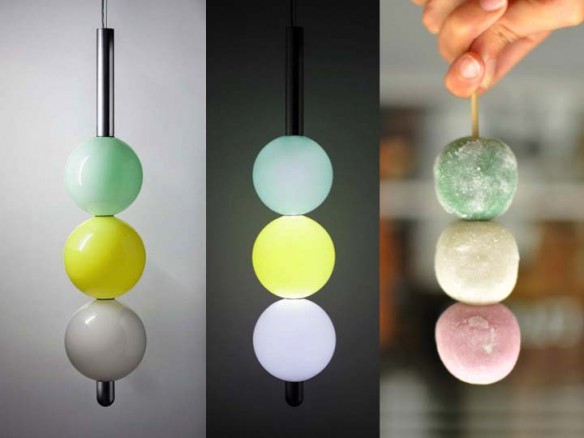
- Ball,Ball,Ball by Daniel Emma – Design Futures Asia - ©DanielEmma ©NewBlackGlobalTrends
The way a designer responds to materials also becomes a vehicle for the expression of their identity. Employing salvaged materials is another way that designers are embedding meaning and a relationship to origin into their work.
Just launched in Cologne, the Kawar chairs by Eindhoven-based designer Tsu-yoshi Hayashi utilize discarded roof-tiles in these stool and bench designs.
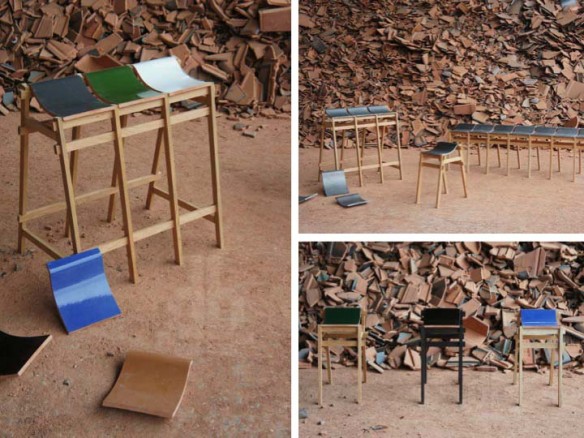
Kawar bench by Eindhoven-based Tsuyoshi Hayashi - Design Futures Asia - ©TsuyoshiHayashi
Sentience, considers the two areas of experiential design: the heightened stimulation of the physical senses and the contemplative or meditative attributes of objects and spaces as we search for meaning.
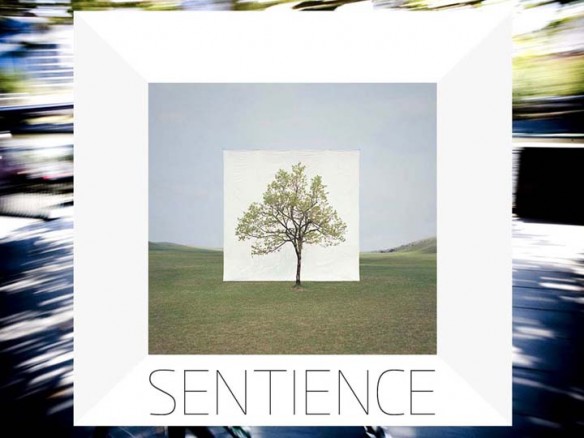
Tree series by Myoung Ho Lee - Design Futures Asia - ©NewBlackGlobalTrends
The first aspect is concerned with heightening our by perception by intense stimulus. Not unlike the interest in psychedelic experiences that caught the public imagination in the 1960s, however it’s the advances in neuroscience and technology rather than LSD that’s the underlying motivation.
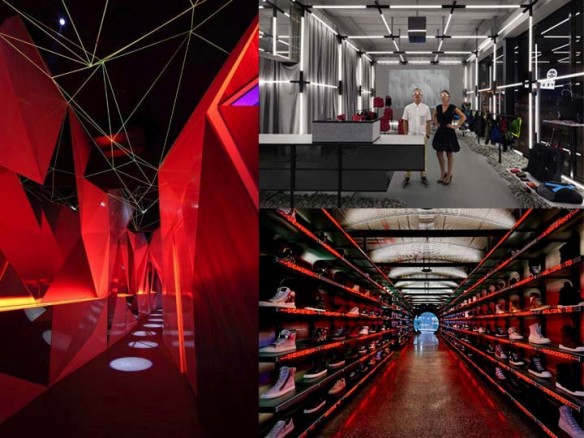
11:11 by UrasXDilekci, Crumpler by Russel&George, Sneakerboy by March Studio - Sentience - Design Futures Asia
While we’ve been exploring this idea for a while, the evolution of this very physical side of the Sentience topic appears to be heading into more extremes in terms of not just single colour immersions or slow changes to induce gradual sensory reactions, but into what feel almost like virtual worlds of distorted realities.
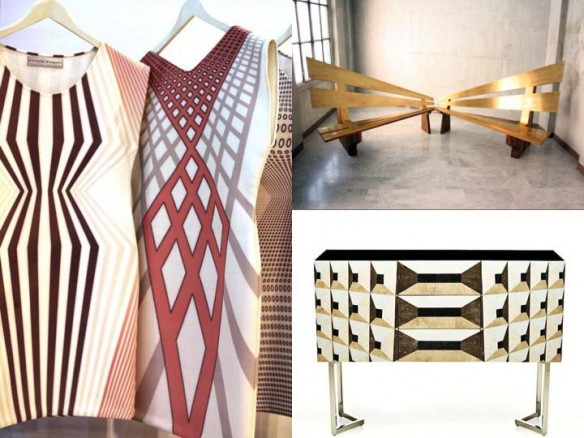
Morgan Bajardi's engineered textiles, benches by Shirley Van Piere, marble marquetry by Rue Monsieur Paris Design Futures Asia - ©NewBlackGlobalTrends / ©ShirleyVanPiere / ©RueMonsieurParis
The other direction that we’re looking in the theme of Sentience focuses on the motivation of many designers to engender an internal awareness, rather than an external stimulus.
The movement is not restricted to designers – it encompasses anyone who is interested in the concept mindfulness and creative flow.

Solitary sports - fragility, connection and the sublime qualities of nature - Sentience - Design Futures Asia
A desire to rediscover the power of focus and solitude to release our intuitive mind can also be seen the huge increase in solitary, non-competitive sport that we’ve noticed in the past season. This is an interesting shift from the popularity of group exercise activities such as dance classes. The motivation here is not for connection with others but for a deeper connection to our selves, our bodies and nature.
In architecture and design, the enduring monumentality of nature is an endless source of inspiration.

Ningbo History Museum by Wang Shu - Sentience - Design Futures Asia
Here, monumentality is independent of scale. Which is the beautiful thing about much of the work we have seen in marble and stone – sometimes a pebble can be as hypnotic as a cliff face.
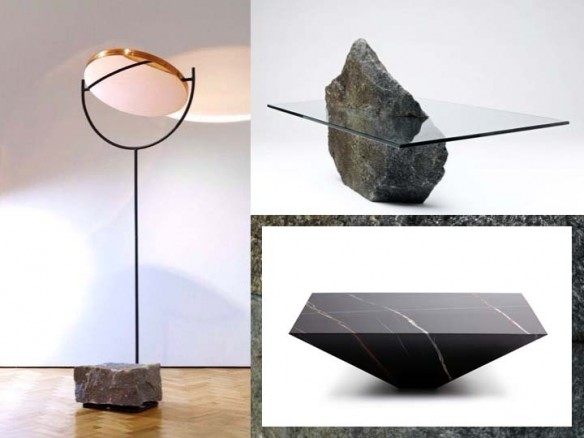
Copper Mirror by Hunting&Narud, Archipelago table by Emmet Rock, Lythos table by Toni Grilo for Haymann Editions Sentience - Design Futures Asia
Our final theme of Looking Both Ways, and in some ways the most pertinent for this edition of Design Futures Asia, is the theme of Transition.
Complimentary to his ability to look in both directions at once, Janus is also the god of bridges, passageways, doors and gateways. The structures that lead us from one state of being to another, and in which we can see where we have come from and maybe our next step, but not our final destination. It is this point of transition that many designers are embracing and making their own.
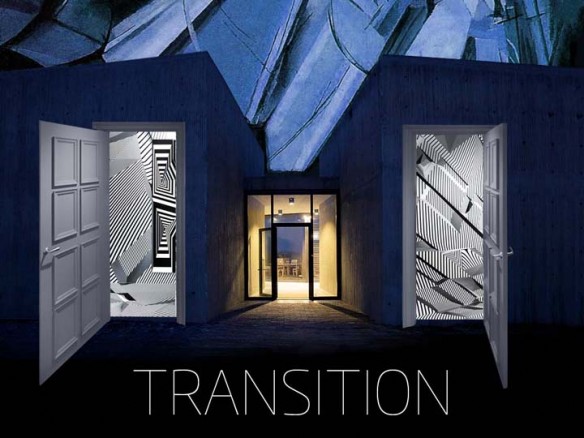
Transition - Design Futures Asia - ©NewBlackGlobalTrends
The Crates furniture by Naihan Li, speak volumes of this idea of transition in an Asian context and were featured in Ai Wei Wei’s architectural project, Six Rooms. Created in response to Beijing’s rapid urban development where many studios and artist spaces are in a state of permanent flux, Naihan designed the furniture (and routines contained within them) to be mobile, allowing pieces to be rolled out into the new interior and provide a sense of continuity in this realm of transition.
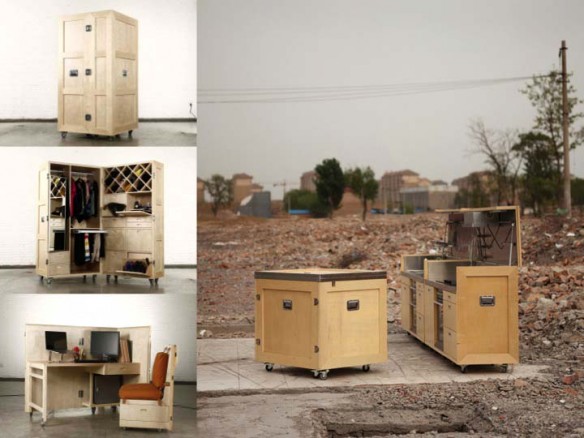
The Crates furniture by Naihan Li - Transition - Design Futures Asia
When dealing with such an abstract concept like Transition, it is important to be able to visualise and communicate how it manifests in art, architecture and design. In the Design Futures series, we look to the precursors, those influencing change, to understand how ideas may evolve into product and styling directions.
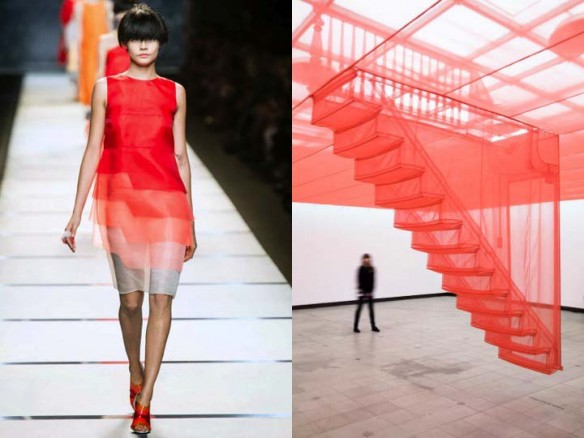
Fendi SS14 via style.com, Do-Ho Suh at Tate Modern - Design Futures Asia
Through the eyes of the artist Do-Ho Suh, we can see how the idea of transition can be shown, through the layering of his sheer silk forms.
This idea of layering and time can also be seen in the various stages of oxidisation in the Transience mirror by Lex Pott.
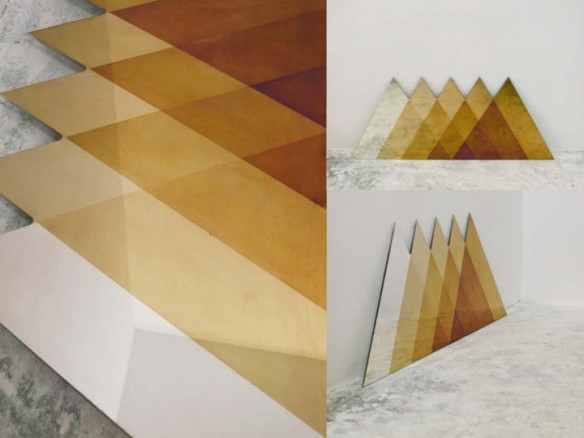
Transience mirror by Lex Pott in collaboration with David Derksen - Transition - Design Futures Asia
At its best, layering as form can capture this notion of Transition in more than just colour gradient. It is the movement – the physical transition – that is the hero in the new collection by Christopher Kane.
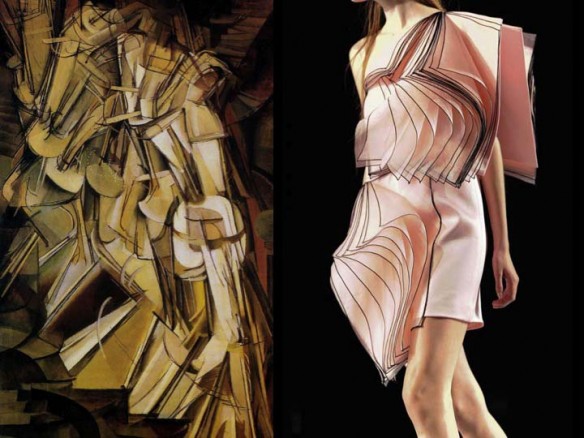
Nude Descending a Staircase No2 by Marcel Duchamp, Christopher Kane AW14/15 via style.com - Transition Design Futures Asia
It’s true that much of this season’s story focuses on the cultural and social shifts that underlie the idea of Looking Both Ways as a concept for design trends in Asia. But to delve into these topics without giving due consideration to the huge social, economical and political changes in the regions would be neglectful and serve little purpose.
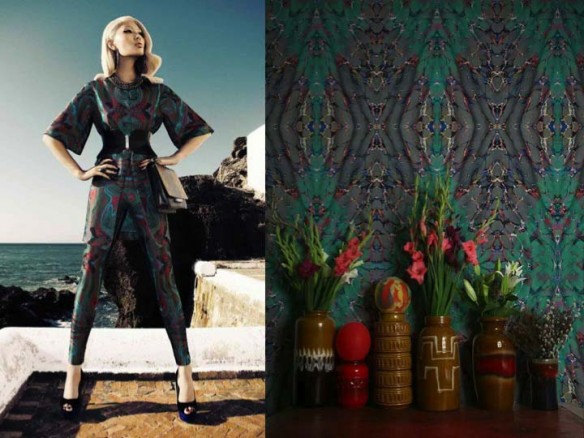
Shanghai Tang SS14, Timorous Beasties mirrored marble wallpaper - Transition - Design Futures Asia
The Design Futures series is about more than acknowledging the zeitgeist and identifying the shifts in popular form, style and pattern. While these trends and colour palettes are present, they are not dictated by new product. The examples we bring together are representations of influential ideas and an illustration of how a paradigm shift resolves itself in design.
The role of the Futurist is to go beyond the traditional, seasonal forecast and to isolate the motivations behind the trends. It is here that we will find true inspiration and learn how to anticipate change.
To enquire about private and public presentations of the Design Futures series, contact info@newblack.com.au.
Shanghai Tang SS14 collection can be viewed here

